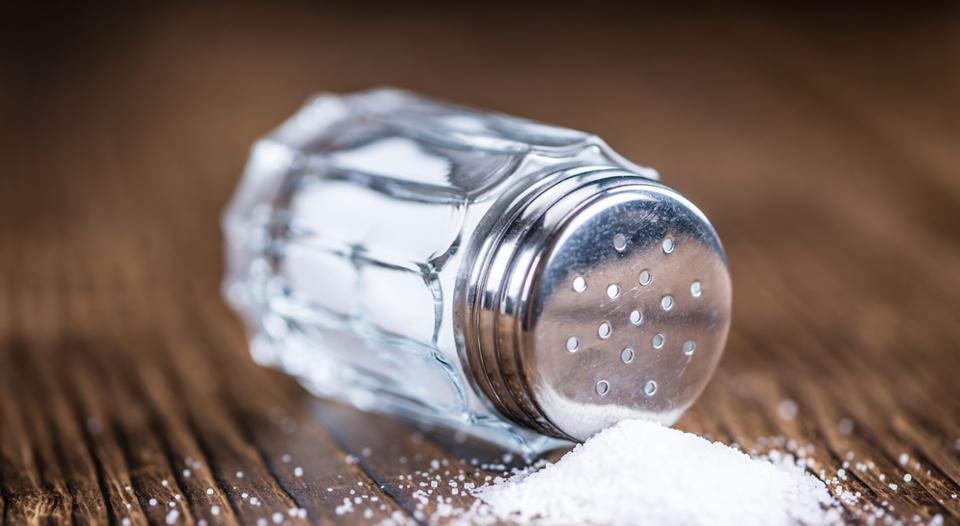
Recent studies published by Brigham and Women’s Hospital say that higher salt intake through food can be a cause for death. The study suggested that an inaccurate way of estimating sodium intake may help account for the paradoxical findings of others.
Nancy Cook, a researcher in this topic said that sodium is notoriously hard to measure. “Sodium is hidden — you often don’t know how much of it you’re eating, which makes it hard to estimate how much a person has consumed from a dietary questionnaire. Sodium excretions are the best measure, but there are many ways of collecting those. In our work, we used multiple measures to get a more accurate picture,” she added.
Sodium intake can be measured using a spot test to determine how much salt has been excreted in a person’s urine sample. However, sodium levels in urine can fluctuate through the day, so an accurate measure of a person’s sodium intake on a given day requires a full 24-hour sample.
In addition, sodium consumption may change every day, as the best way to get a full picture of sodium intake is to take samples on multiple days.
The researchers assessed results for participants in the Trials of Hypertension Prevention, which included nearly 3,000 individuals with pre-hypertension. The method showed a direct linear relationship between increased sodium intake and increased risk of death. The team found that the Kawasaki formula suggested a J-shaped curve, which would imply that both low levels and high levels of sodium consumption were associated with increased mortality. The study appears in International Journal of Epidemiology.
[“source=hindustantimes”]








